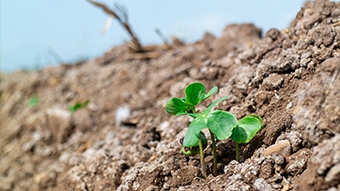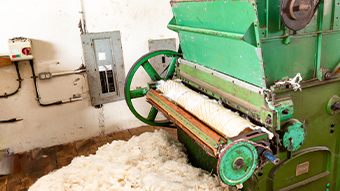Sea Island Cotton
What is Sea Island Cotton?
Sea Island cotton, a rare and highly sought-after variety of cotton, has been a source of admiration for over 500 years due to its exceptional texture.In 1975, the British West Indian Sea Island Cotton Association gave permission for Sea Island cotton grown in the Caribbean to be sold in Japan, the first country outside the UK to do so. From then until 2000, the West Indian Sea Island Cotton Association in Japan, which took over from the British Sea Island Cotton Association, had exclusive control over the import and management of raw cotton.
In the 2000s, some raw cotton began to be exported to Europe, but as the number of producing countries in the Caribbean declined, the West Indian Sea Island Cotton Association in Japan launched a new raw cotton cultivation project in 2013 and has continued to provide a stable supply to this day.
Some of the cotton grown in the fields of this project will begin to be supplied to Europe from 2025.
Home of Sea Island Cotton
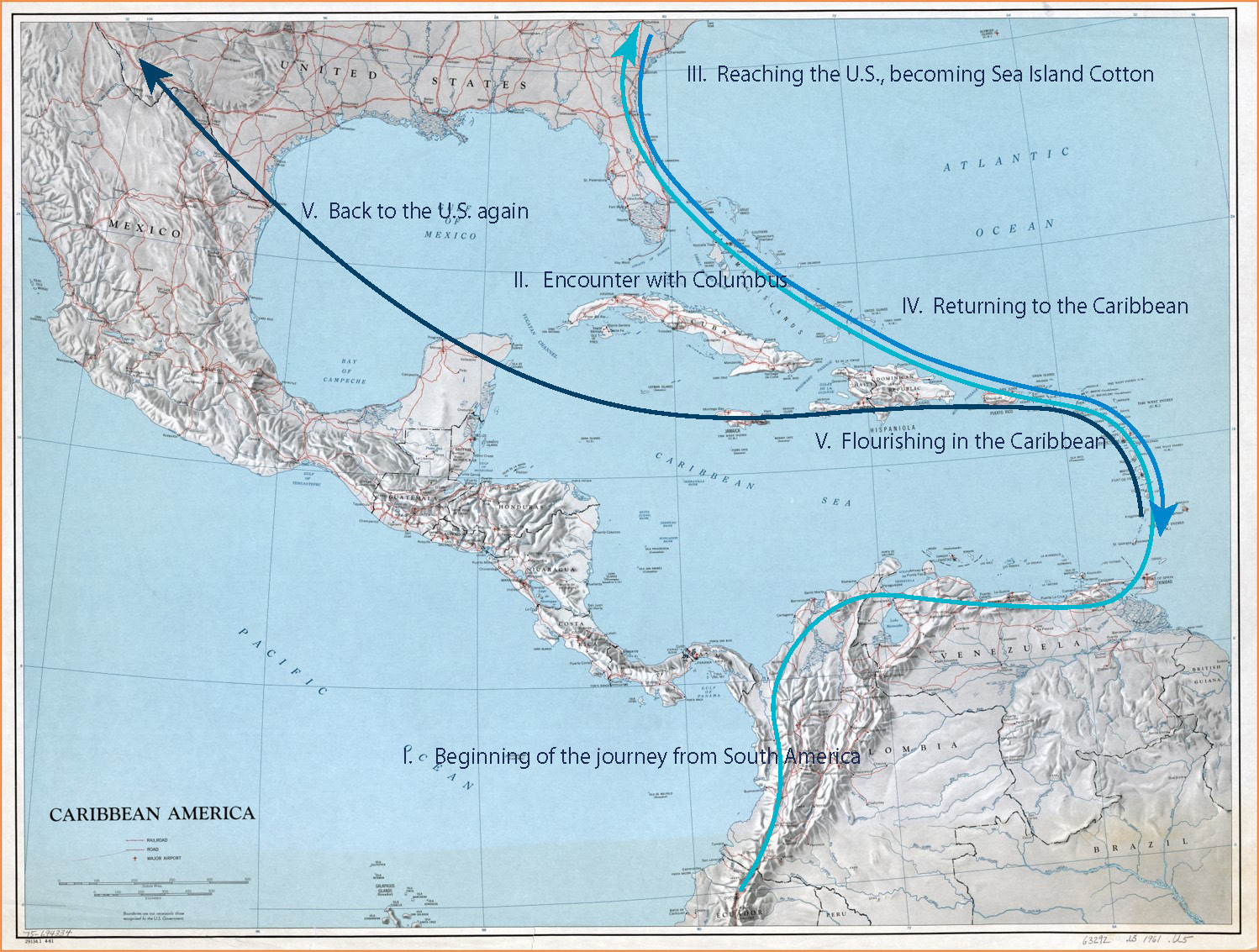
Sea Island cotton (Gossypium barbadense) has its origins in South America, in an area that is now shared by Peru and Ecuador. Sea Island cotton's ancestors came through the Lesser Antilles to the Caribbean Sea, where the cotton met Columbus in 1492 when he and his crews reached the Caribbean islands and made its first appearance on the stage of history. It is said that the British government monopolized the cotton because of its great texture and scarcity.
The term "Sea Island cotton" was first used in the late 18th century, when Barbadense cotton cultivation was thriving in the Sea Islands region of the United States. Since its appearance in history over five centuries ago, the crop has been produced in two main regions: the West Indies and the United States.
The term "Sea Island cotton" was first used in the late 18th century, when Barbadense cotton cultivation was thriving in the Sea Islands region of the United States. Since its appearance in history over five centuries ago, the crop has been produced in two main regions: the West Indies and the United States.
Sea Island Cotton Today
Cultivation of Sea Island cotton takes as long as six months.
After the seeds are sown and the cotton plant grows, it eventually blossoms yellow flowers and bears fruit. In fact, the pure white "cotton boll" that you often see is its fruit.
Although there are differences between the United States, where mechanization is advancing, and Jamaica in the Caribbean, which relies heavily on human labor, the common denominator is that the cultivation of cotton is based not only on the quality of the cotton to be achieved, but also on the lifestyle of the people who produce it. The history of Sea Island cotton will continue to bring happiness to those who use the yarn and those who make it.
After the seeds are sown and the cotton plant grows, it eventually blossoms yellow flowers and bears fruit. In fact, the pure white "cotton boll" that you often see is its fruit.
Although there are differences between the United States, where mechanization is advancing, and Jamaica in the Caribbean, which relies heavily on human labor, the common denominator is that the cultivation of cotton is based not only on the quality of the cotton to be achieved, but also on the lifestyle of the people who produce it. The history of Sea Island cotton will continue to bring happiness to those who use the yarn and those who make it.
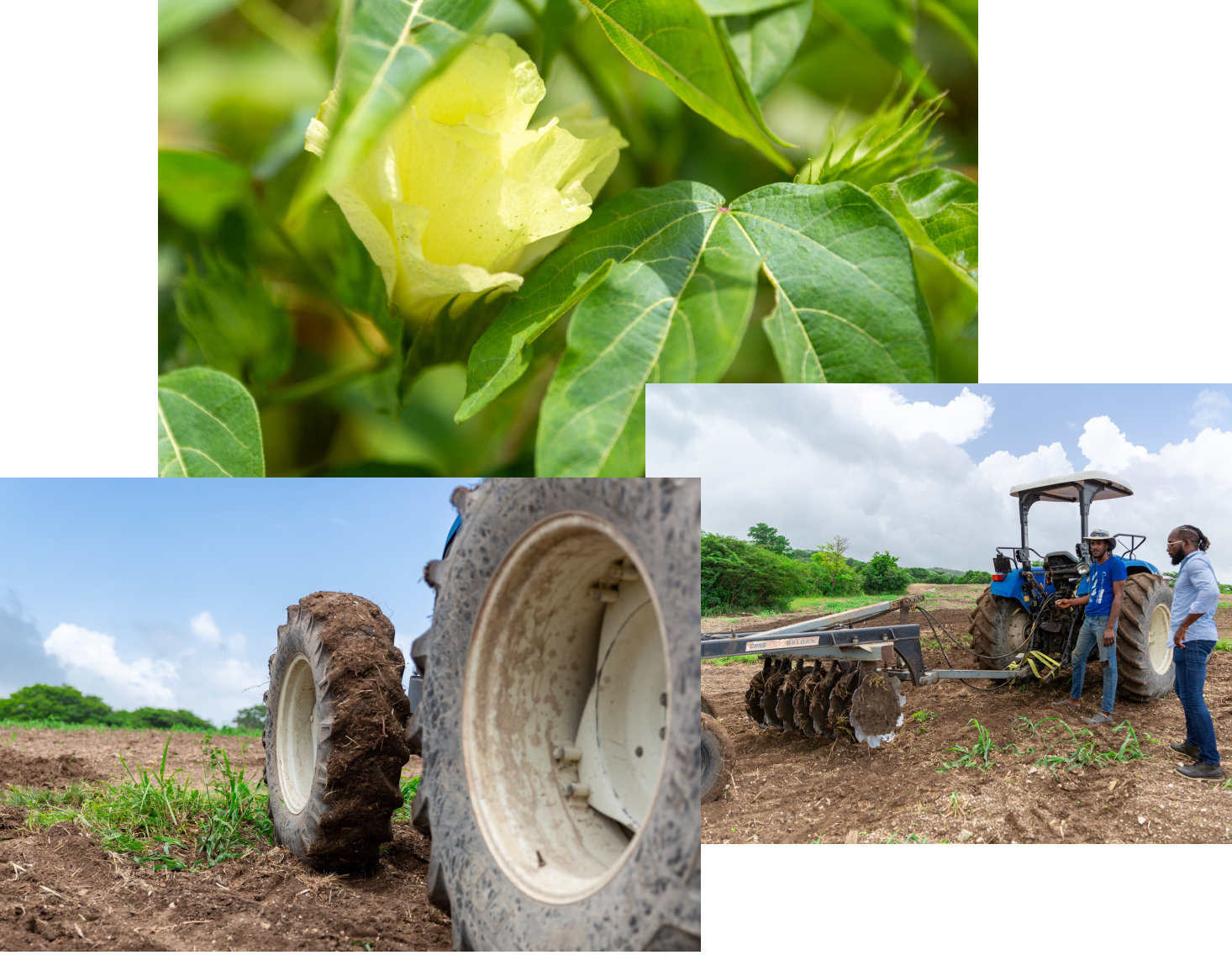
Top Quality Cotton that excels in all specifications

Sea Island cotton fibers have a good balance of the properties of length, strength, and fineness, all of which are important qualities of cotton.
Fiber length is particularly important when processing into yarn. Longer fiber length has a positive effect on yarn uniformity, strength, and many other aspects of quality. As shown in the graph on the left, Sea Island cotton, both from the United States and from the Caribbean islands, boasts the highest fiber length among extra-long staple cottons, although the characteristics of Sea Island cotton vary by region of origin.
By the way, other extra-long cottons are hybrids of Sea Island cotton and local varieties. In order to become an extra-long staple cotton, the DNA of Sea Island cotton is required.
Fiber length is particularly important when processing into yarn. Longer fiber length has a positive effect on yarn uniformity, strength, and many other aspects of quality. As shown in the graph on the left, Sea Island cotton, both from the United States and from the Caribbean islands, boasts the highest fiber length among extra-long staple cottons, although the characteristics of Sea Island cotton vary by region of origin.
By the way, other extra-long cottons are hybrids of Sea Island cotton and local varieties. In order to become an extra-long staple cotton, the DNA of Sea Island cotton is required.
Production of Ideal Yarn
Sea Island cotton is cultivated with meticulous care and then imported to Japan, where it is transformed into yarn at the domestic factory of Kondo Cotton Spinning Co., Ltd. This domestic factory has a dedicated line for spinning only Sea Island cotton, resulting in the production of premium yarn with settings optimized for the unique qualities of Sea Island cotton raw cotton.
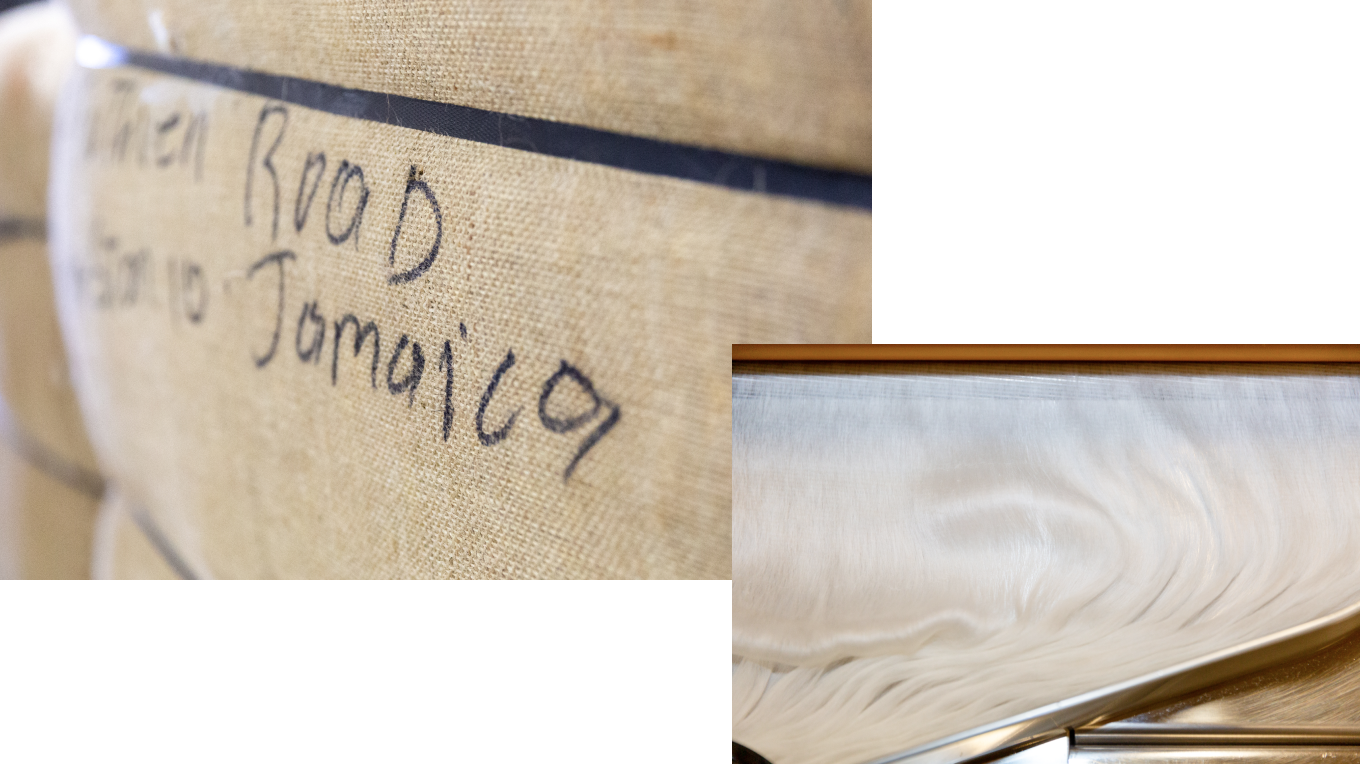
Our Traceability System
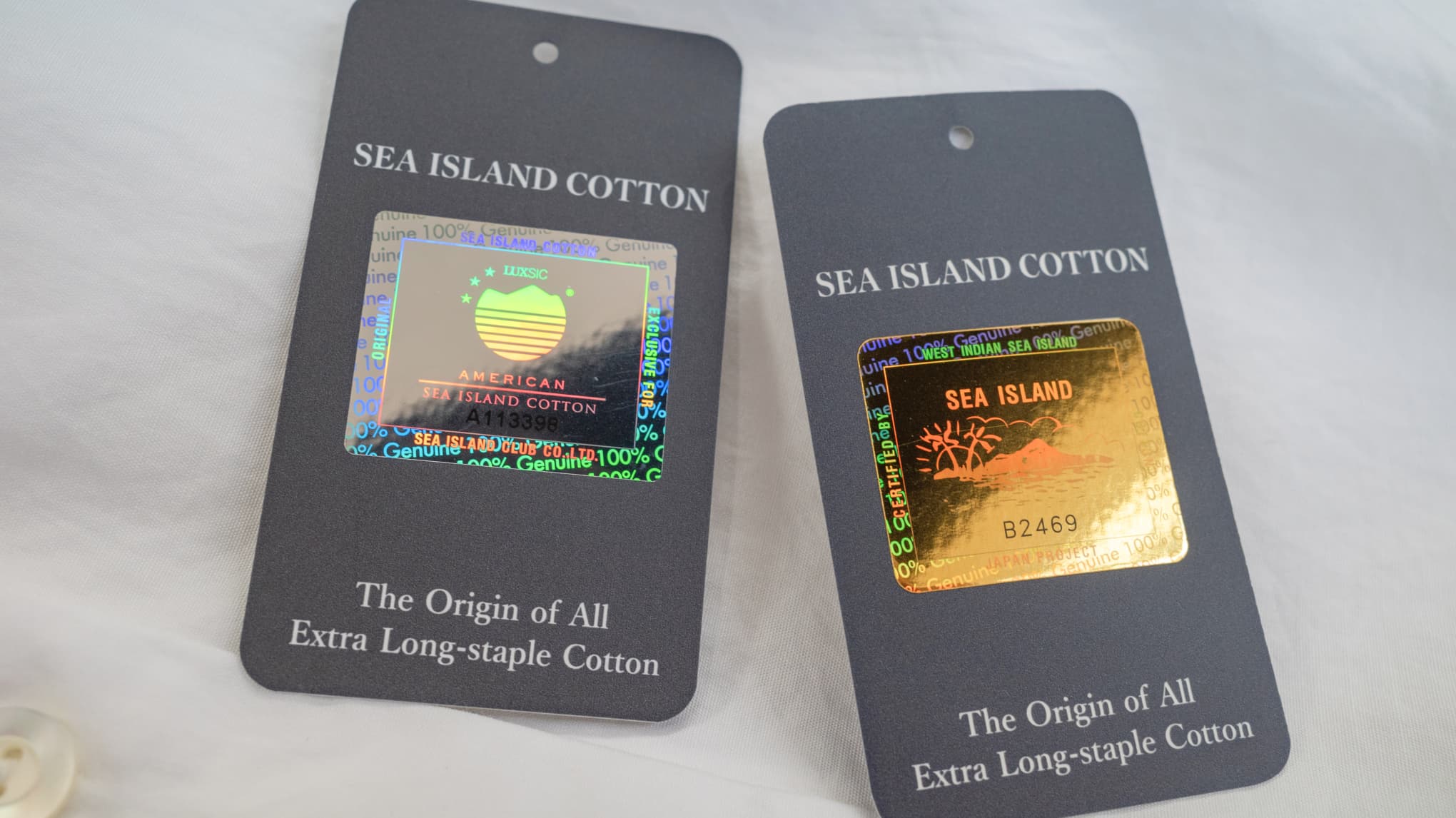
We have prepared serial-numbered hologram tags to be attached to Sea Island Cotton products. This tag certifies that the product has been made with genuine Sea Island Cotton yarn. The serial number also enables us to trace the yarn used in the product back to the production date and the field in which the raw material was grown.

